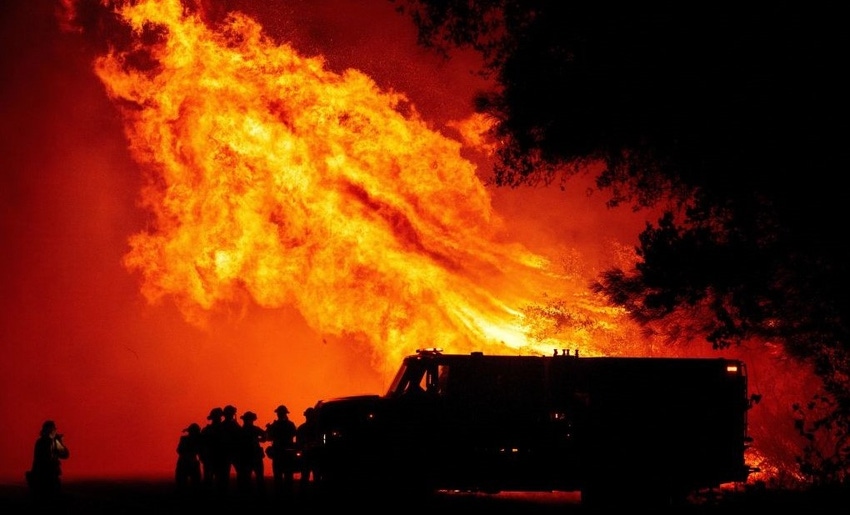
Two years ago when the Carr Fire encroached on Redding, my wife and I were among the 38,000 residents to flee the city late one July evening. Our home wasn’t burned, but as is becoming an annual occurrence, many homes – and some lives – were lost.
At the time, I suggested in a column that California consider repeating the collaborative effort that led to the passage of 2014’s Proposition 1, the $7.5 billion water bond, but only this time focus on wildfire prevention. That year, the Legislature voted nearly unanimously to place the measure on the ballot, and it was supported by then-Gov. Jerry Brown, leading politicians and a wide array of organizations, including farm groups.
About two-thirds of California voters approved Proposition 1, which included $2.7 billion for water storage, $1.4 billion for water quality projects, $1.5 billion for watershed protection and $395 million for flood protection. The state was in the third year of what would be a historic five-year drought, and voters and politicians saw the need for solutions. It may have been the biggest accomplishment in four terms as governor for Brown, who mustered the political will among his contemporaries to get it done.
One wonders if the now-annual summer and fall images of orange, smoky skies and burned-out homes and businesses will generate a similar political will among residents and politicians who, less than a decade ago, were persuaded to “make water conservation a way of life.”
Californians will vote to tax themselves if they see a legitimate purpose and use, as proven by not only Prop. 1 but by Brown’s 2012 sales tax increase and by voters’ upholding of a gasoline tax increase in 2018.
How large a bond should the state seek, and what would it pay for? That would be determined in negotiations, as were provisions of the water bond. A big component would necessarily be to replenish the fire prevention activities of agencies whose budgets have been eaten away by the skyrocketing cost of suppression.
There are already lots of ideas for solutions floating around amid all the smoke. In media interviews in recent weeks, University of California scientists have said that wildfires’ growing intensity has largely been the result of a century of fire suppression. They suggest dealing with the millions of dead trees fueling the unprecedented firestorms in the Sierra Nevada, and clearing away underbrush through better use of prescribed burns and livestock grazing.
Unfortunately, discussions about wildfires often devolve into political fights over whether to blame climate change or forest mismanagement for the devastation. But even if we were to somehow eliminate all carbon emissions, if decades of growth on forest floors is struck by lightning, it’ll still burn hot. That’s a fact that even a climate warrior like Newsom understands.
“There’s no question … that we have not done justice on our forest management,” he said on Monday during a briefing with President Donald Trump. “I don’t think anyone disputes that.”
So could a bond measure be an answer? Let the negotiations begin.
About the Author(s)
You May Also Like






